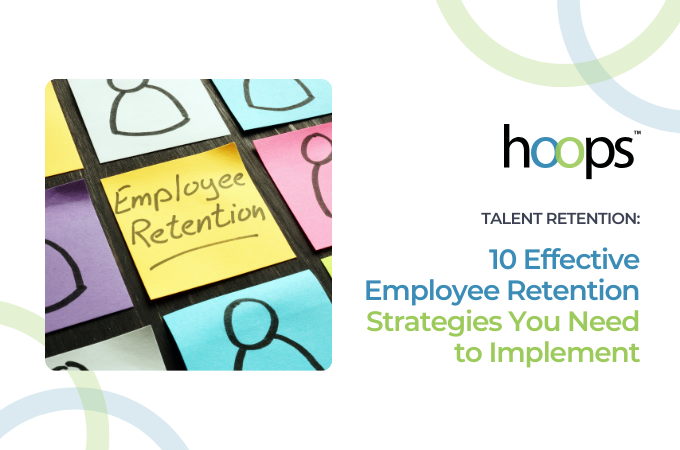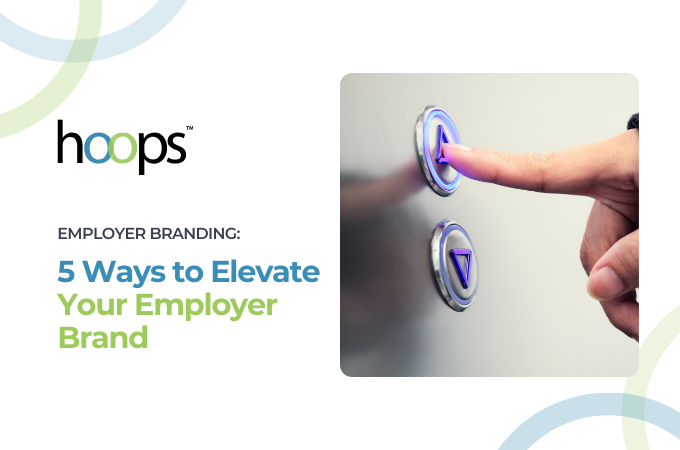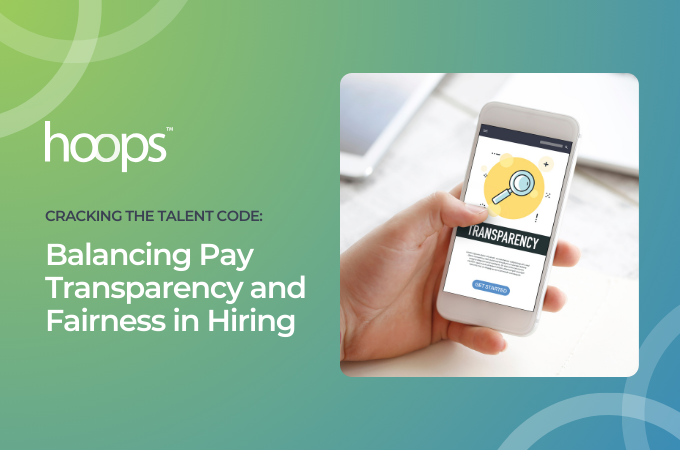It’s a new era, and big data is the name of the game. Companies have more information than ever at their fingertips. The key is turning all of that data into meaningful information that can be acted upon. In the hiring and recruiting realm, companies are using talent analytics to dig into employee data for insights into how to hire the best candidates to fill open roles – the candidates that mirror existing top performers.Talent analytics is an excellent way to use the plethora of data at your disposal to help you improve your company’s hiring process, making it more efficient, cost-effective, and ensuring that you hire the correct people for the job. Once you’ve assembled your talent analytics team, here are a few tips to help you get started
1. Collect Data On Your Entire Team, Not Just Top Performers
Talent analytics help you know who to hire, but perhaps equally important, it helps you know who NOT to hire. Ensuring the job and the candidate are a good match means understanding both sides of that equation. Make sure that you're collecting data from role players, influencers, instigators, and superstars. And make sure the data points are quantitative (test performance, assessments) as well as qualitative (annual reviews, manager feedback)
2. Determine Where To Focus
The amount of data at your disposal can be dizzying, and it can be a formidable challenge to separate the wheat from the chaff. Each organization will have different uses for talent analytics, and thus, the data points each organization should focus on will be different. A company that needs to hire a new CFO will focus on different data points than a company trying to gauge the effectiveness of a mid-level manager they hired last quarter. Focus on the data that matters to your organization and always keep the big picture in mind so you can start connecting recruitment to strategic objectives.
3. Review the Data
Once you’ve determined which type of data will provide the most insight for your organization and you've collected it, it’s time to move on to the next step: reviewing the data. This may not be as simple as it sounds: oftentimes, complex mathematical formulas and models are used to analyze this data and render it in a way that non-statisticians can understand (pie charts, bar graphs, and all that good stuff). Many companies, particularly small and medium sized businesses (SMBs), don’t have an in-house team of super-nerds to convert raw data into intelligible and actionable insight. You may find it expedient to hire an outside consulting firm to help you digest the data that your talent analytics team collects.
4. Analyze And Take Action!
This is it, the moment of truth. You’ve collected the data, determined which subsets to zero in on, and you’ve reviewed & digested it. Now it’s time to figure out what the information means to your company. You can use the insights you’ve collected to analyze the results of your organization’s current hiring process. Keep in mind that this is an iterative process - you’ll never be done collecting and analyzing input. Continue gathering data and adjusting your hiring process based on the success factors you've identified for each position.
Talent analytics is a dynamic process that, if used properly and consistently, will help you continually improve your company’s hiring process, resulting in higher retention, more productive staff, and a positive impact on the bottom line. Talent analytics may be the single most important program you implement in your company to improve the your hiring process. But like anything else worth doing in life or business, success takes consistency, patience, and attention to detail to see results.







